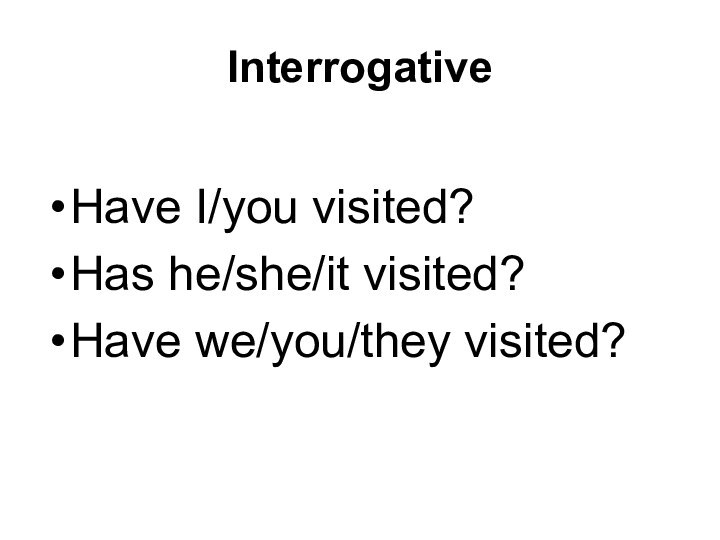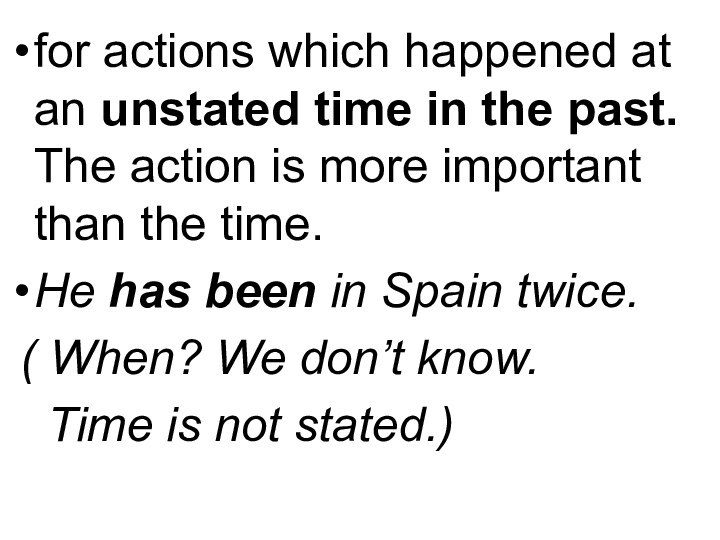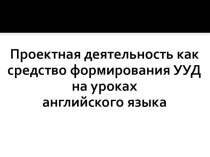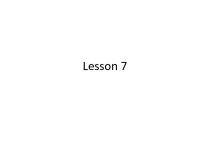- Главная
- Разное
- Бизнес и предпринимательство
- Образование
- Развлечения
- Государство
- Спорт
- Графика
- Культурология
- Еда и кулинария
- Лингвистика
- Религиоведение
- Черчение
- Физкультура
- ИЗО
- Психология
- Социология
- Английский язык
- Астрономия
- Алгебра
- Биология
- География
- Геометрия
- Детские презентации
- Информатика
- История
- Литература
- Маркетинг
- Математика
- Медицина
- Менеджмент
- Музыка
- МХК
- Немецкий язык
- ОБЖ
- Обществознание
- Окружающий мир
- Педагогика
- Русский язык
- Технология
- Физика
- Философия
- Химия
- Шаблоны, картинки для презентаций
- Экология
- Экономика
- Юриспруденция
Что такое findslide.org?
FindSlide.org - это сайт презентаций, докладов, шаблонов в формате PowerPoint.
Обратная связь
Email: Нажмите что бы посмотреть
Презентация на тему Present Perfect
Содержание
- 2. Affirmative
- 3. Negative Long FormI/You have not visitedHe/She/It has
- 4. InterrogativeHave I/you visited?Has he/she/it visited?Have we/you/they visited?
- 5. Short answer Yes, I/you have.
- 6. We form the present perfect with the
- 7. We usually form the past participle
- 8. We form questions by putting have/has before the subject. f.E.Has she done her homework?
- 9. We form negations by putting not
- 10. Use We use the
- 11. to talk about a past action which
- 12. for actions which happened at an unstated
- 13. with today, this morning/afternoon, etc when these
- 14. Скачать презентацию
- 15. Похожие презентации
Affirmative














Слайд 3
Negative
Long Form
I/You have not visited
He/She/It has not visited
We/You/They
have not visited
visited
Слайд 5
Short answer
Yes, I/you have. No,
I/You haven’t.
Yes, he/she/it has. No, he/she/it hasn’t.
Yes, we/you/they
have. No, we/you/they haven’t.
Слайд 6
We form
the present perfect
with
the auxiliary verb have/has and past participle of the
main verb.
Слайд 9
We form
negations by putting not between
have/has and the past participle.
f.E. They haven’t
phoned yet.
Слайд 10
Use
We use the present
perfect:
for action which started in the past and continue
up to the present.He has worked in this company for five years.(= He started working in the company five years ago and he still works there.)
Слайд 11 to talk about a past action which has
a visible result in the present.
He has sprained his
ankle. He can’t walk.Слайд 12 for actions which happened at an unstated time
in the past. The action is more important than
the time.He has been in Spain twice.
( When? We don’t know.
Time is not stated.)
Слайд 13 with today, this morning/afternoon, etc when these periods
of time are not finished at the time of
speaking. She has typed five letters this afternoon. (It is still afternoon.)to refer to an experience. Have you ever been to Italy?





























